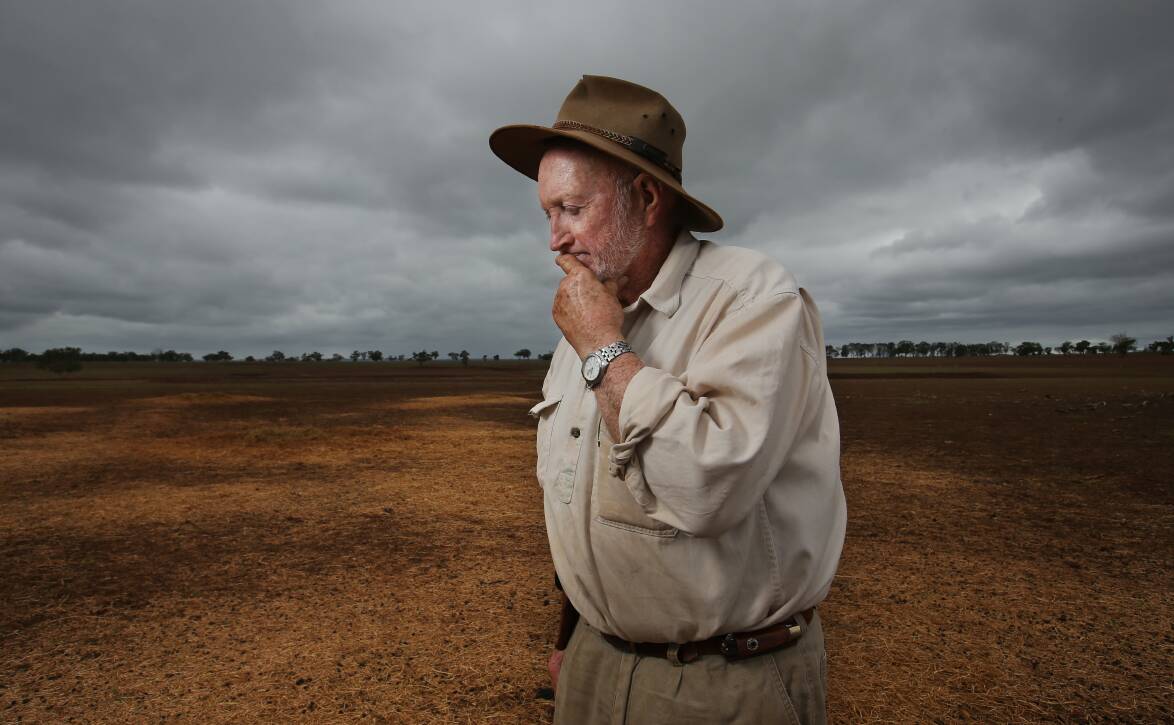
Three Upper Hunter councils are banding together on a drought-resilience plan as official figures show they are the most drought-affected area of NSW.
The Department of Primary Industries website shows about half of Upper and Singleton council areas and most of Muswellbrook remain classified as in drought.
All three councils have areas in "severe drought".
The department's latest season update for January says some areas of NSW are "still managing the impacts of the long-term drought event, particularly in the Hunter and North Coast".
The report says rainfall in January relieved drought conditions in many parts of the state but "parts of the Northern Tablelands, North West and Hunter rainfall percentiles for January 2024 were below the 20th percentile, which has slowed the recovery from drought in these areas".
"The decision-making environment continues to be challenging for many NSW farmers," the report says.
"Rainfall outlooks are variable and below median for the February to April forecast period across most of NSW.
"Temperatures are likely to be well above median values."
The Newcastle Herald reported in October that some Upper Hunter farmers were "tearing up cash" in an effort to sell cattle in the face of worsening drought conditions.
In January, farmers said recent downfalls had helped patches of the Hunter while others remained in need of soaking rain in the next few months.
Singleton, Upper Hunter and Muswellbrook councils announced on Monday that they would work collectively on an action plan to build drought resilience specific to the three local government areas.
The councils have received $450,000 from the joint state and federal Regional Drought Resilience Planning Program for the project.
The plan will present historical and predicted impacts of drought for the three LGAs.
The CSIRO will review a draft of the plan before it is published on the Department of Agriculture, Fisheries and Forestry website.
"The key objective of the plan is to come up with practical solutions to support our communities to prepare for and respond to drought," Singleton mayor Sue Moore said.
"Community engagement is a key element of this project, and this program really underscores the importance of customised resilience plans that cater to the specific needs and characteristics of each region.







